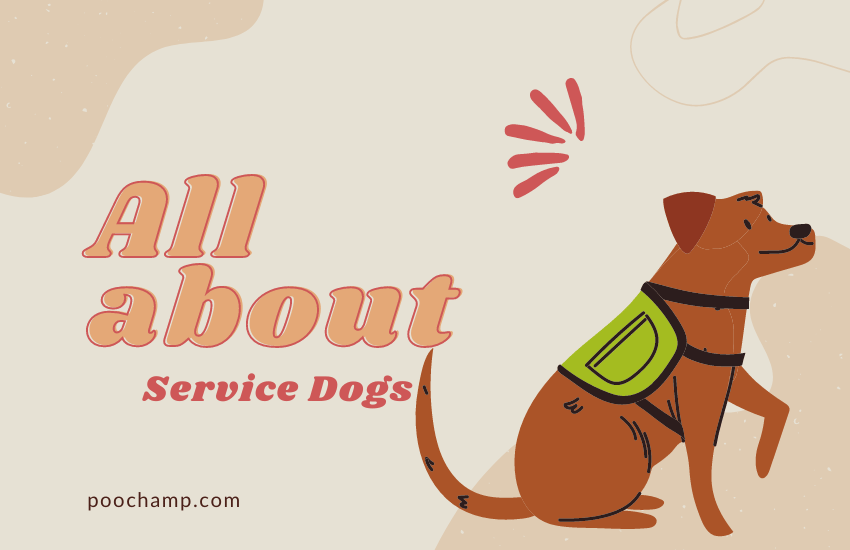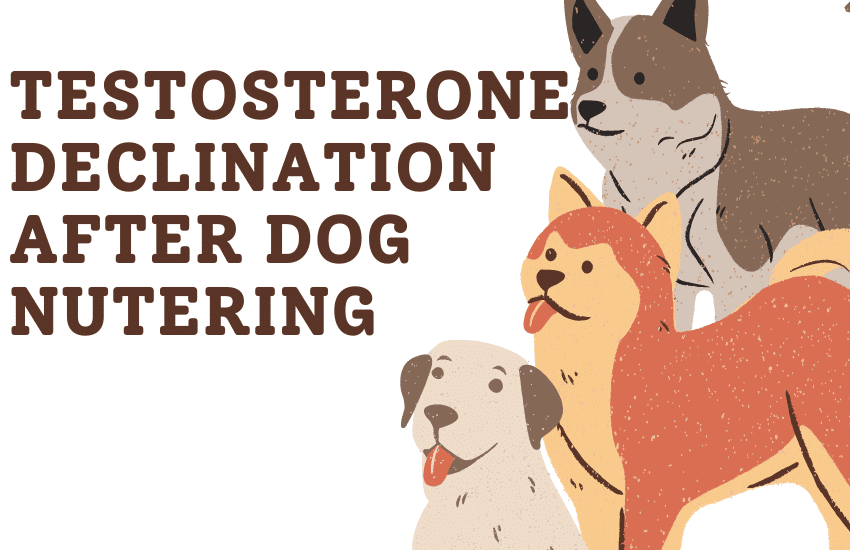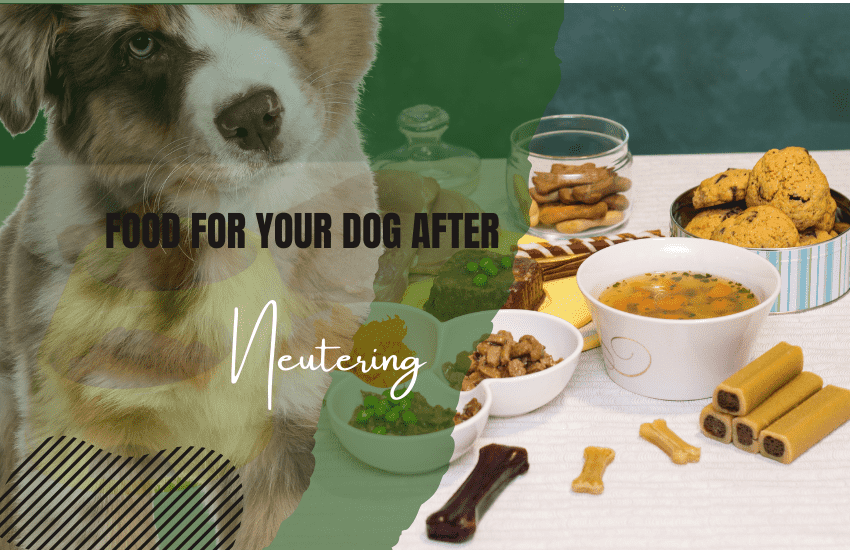Many people don’t realize that some common plants are highly toxic and even fatal if ingested by dogs. As man’s best friend is known for putting almost anything in their mouth, dog owners need to understand which foliage and flowers have the potential to cause harm. Poisonings from dangerous plants are preventable when pet parents know what to look out for.
This article will outline the ten most common poisonous plants for dogs that dog owners should be aware of and watch out for in their homes and yards. Becoming familiar with these toxic plants can help prevent accidental ingestion and poisoning. Owners can better dog-proof indoor and outdoor spaces by knowing what these dangerous plants look like and where they may grow.
Being informed is critical to keeping your pup safe from these potential poisons looming in your backyard. Read on to learn about the top 10 poisonous plants for dogs that all dog owners should recognize.
The top 10 most deadly poisonous plants for dogs.
1- Sago Palm.
Sago Palm grows in Native to tropical regions, often as a landscape plant in warm climates. Evergreen.
All parts of the plant, including the seeds/nuts, contain the toxin cycasin, which causes liver failure.
Symptoms.
- Vomiting
- Diarrhea, possibly bloody
- Lethargy
- Loss of appetite
- Abnormal fluid accumulation within the abdomen
- Jaundice
- Coagulopathy (bleeding disorders)
- Increased thirst and urination
- Seizures
- Liver failure
2- Azaleas and Rhododendrons.
Azaleas and Rhododendrons grow in many regions but prefer acidic, well-drained soil. Bloom in spring. Evergreen or deciduous, depending on climate.
These flowering shrubs contain grayanotoxins, which affect multiple organ systems.
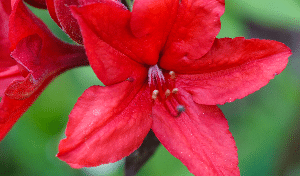
Symptoms.
- Vomiting
- Diarrhea
- Drooling
- Weakness
- Loss of coordination
- Abnormal heart rhythms
- Central nervous system depression
- Seizures
- Coma
- Hypotension
3- Oleander.
Oleander thrives in warm, dry regions around the Mediterranean and Southern United States. Blooms from spring to fall. Evergreen
All parts contain cardiac glycosides like oleandrin, which cause abnormal heart rhythms and arrhythmias.
Symptoms.
- Vomiting, possibly bloody
- Diarrhea
- Weakness
- Shallow/difficult breathing
- Tremors
- Abnormal heart function
- Collapse
- Death
4- Castor Bean.
Castor Bean originally from tropical Africa, it is now widespread in warm regions globally. It is grown annually from seed during frost-free seasons.
The seeds contain ricin, a dangerous ribotoxin toxin that can be fatal in small doses.
Symptoms.
- Burning sensation in the mouth
- Abdominal pain
- Vomiting
- Diarrhea
- Weakness
- Difficulty breathing
- Seizures
- Coma
- Shock
- Death
5- Water Hemlock – (also known as Cowbane).
It grows in wetlands, along streams, irrigation ditches, and blooms from spring to summer—biennial or short-lived perennial.
Extremely poisonous, all parts contain cicutoxin, causing seizures, tremors, and death from respiratory paralysis.
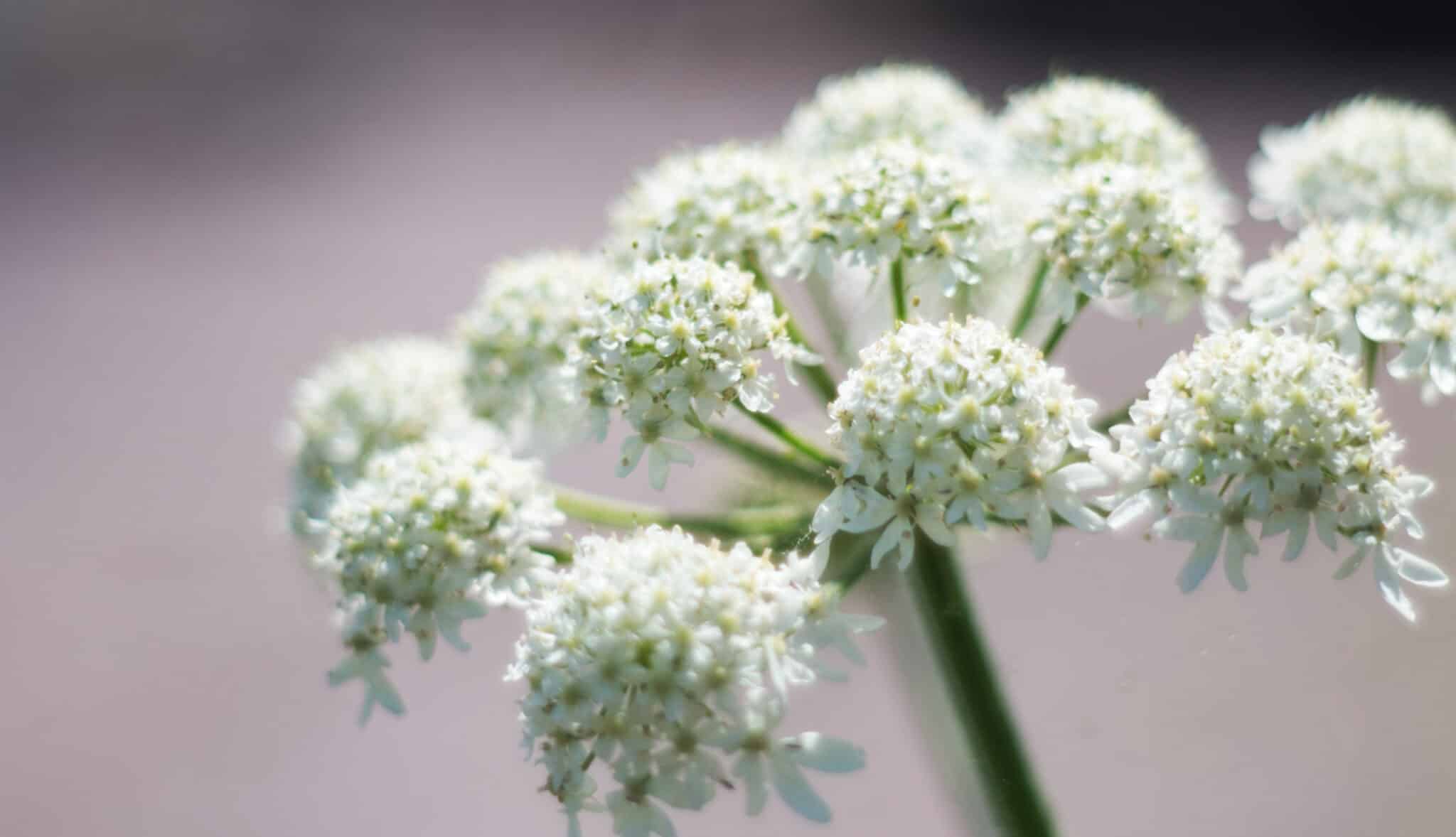
Symptoms.
- Excessive drooling
- Nervousness
- Dilated pupils
- Muscle twitching
- Tremors
- Seizures
- Coma
- Respiratory failure
6- Nightshade.
Nightshade – Various species grown in temperate world regions. Many bear fruit or bloom in summer and fall. It can be annual, biennial, or perennial.
Foliage and berries contain toxic glycoalkaloids, including solanine, potentially causing severe gastrointestinal and neurological issues.
Symptoms.
- Vomiting
- Diarrhea
- Lethargy
- Weakness
- Central nervous system depression
- Hallucinations
- Dilated pupils (mydriasis)
- Hypersalivation
7- Lilies.
Lilies grow best in temperate regions, hardy or tender varieties. Most blossom during summer. Often perennials.
It is particularly toxic for cats, but eating any part of the lily plant can lead to kidney failure in dogs.
Symptoms.
- Vomiting
- Lethargy
- Loss of appetite
- Kidney failure (more common in cats but can still affect dogs)
8- Autumn Crocus.
Autumn Crocus grown as an ornamental bulb in fall-blooming gardens. Hardy, late summer and autumn perennial.
Colchicine present causes gastrointestinal bleeding, organ damage, respiratory failure, and cardiac arrest.
Symptoms.
- Vomiting
- Diarrhea
- Bloody stools
- Seizures
- Liver and kidney damage
- Respiratory failure
9- Yew Shrubs.
Various species thrive across temperate regions. Evergreen shrubs retain leaves year-round. Some bear seeds fall through early winter.
Taxine alkaloids cause difficulty breathing, tremors, paralysis, seizures, coma, and death due to respiratory failure.
Symptoms.
- Trembling
- Incoordination
- Difficulty breathing
- Gastrointestinal upset
- Cardiac arrhythmias
- Seizures
- Sudden death without much warning
10- Amanita Mushrooms -(including Amanita Phalloides – Death Cap and other toxic Amanita species).
It depends on specific mycorrhizal tree partners. Occur across forests and landscapes worldwide. Fruit bodies emerge in various seasons.
Amanita Mushrooms Contains lethal amatoxins leading to liver damage, central nervous dysfunction, coma, and multi-organ failure.
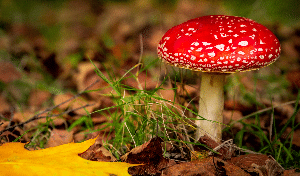
Symptoms.
- Vomiting
- Diarrhea
- Abdominal pain
- Lethargy
- Jaundice
- Seizures
- Coma
- Liver and renal failure
What should I do if my dog ingested a poisonous plant?
If you suspect your dog has ingested a poisonous plant, it is crucial to act quickly and follow these steps:
- Remove any plant material from your pet’s mouth to prevent further ingestion. However, be careful to avoid being bitten or ingesting any toxins yourself.
- Do not induce vomiting unless instructed by a veterinarian or a pet poison control expert. Some substances can cause more harm on the way back up and should not be vomited.
- Identify the plant your dog has eaten or collect a sample of the plant material. This will be vital for the vet to know how to administer the correct treatment.
- Call your veterinarian immediately. Time is of the essence, so treatment should begin as soon as possible.
- ASPCA Animal Poison Control Center: (888) 426-4435
Pet Poison Helpline: (855) 764-7661
Note: A consultation fee may apply when you call these numbers. - , you can also find a full list with photos for the poisonous plants for dogs on the ASPCA’s website.
- ASPCA Animal Poison Control Center: (888) 426-4435
- Don’t administer home remedies unless directed by a veterinarian, as these can sometimes cause more harm.
- Take your dog to the vet immediately, even if there are no signs of poisoning. Many toxic plants have delayed the onset of symptoms, yet early treatment can be critical.
- Provide your vet with as much information as possible, including the amount and parts of the plant ingested, the time of ingestion, and any symptoms your dog exhibits.
- Follow your veterinarian’s instructions regarding treatment, including inducing vomiting, administering activated charcoal (to absorb toxins), IV fluids, medications, or even hospitalization for more severe cases.
- Prevent future occurrences by removing toxic plants from your home and garden and monitoring your dog during walks or outdoor play.
- Remember, preventing exposure to poisonous plants is the best way to keep your dog safe, but understanding what to do in an emergency can save a life.
How to pet-proof various areas of your home.
Pet-proofing your home is crucial for the safety and well-being of your pets and involves steps to ensure your living space is free from hazards. Here’s how to pet-proof various areas of your home:
General Pet-Proofing.
Secure Trash Cans: Ensure they have tight-fitting lids to prevent pets from rummaging through garbage that may contain hazardous materials.
Secure Medications & Chemicals: Keep all medications, chemicals, and cleaning supplies in closed cabinets out of reach.
Restrict Access to Unsuitable Areas: Use pet barriers to block off rooms or areas unsafe for pets.
Living Room.
Electrical Cords: Keep all wires and cords covered or out of reach to prevent chewing, which can lead to electrical shock.
Houseplants: Remove or place all toxic plants out of reach.
Furniture: Check for small spaces where pets might get stuck or hiding spots where they could end up trapped.
Kitchen.
Appliance Safety: Keep the dishwasher and oven doors closed when not used, and check for curious pets before using them.
Food Storage: Ensure all food is stored away and surfaces are clear of food scraps, as some human foods are toxic to pets.
Cabinet Locks: Use childproof latches to keep prying paws from opening cabinets.
Bedroom.
Laundry and Small Objects: Keep laundry, tiny clothing items like socks, and small objects that could be swallowed out of reach.
Window Screens: Ensure they are secure to prevent falls.
Bathroom.
Toilet Lids: Keep toilet lids closed to prevent drowning or drinking harmful cleaning chemicals.
Bath Products: Store all personal care products in closed cabinets.
Garage and Basement.
Tools and Chemicals: Securely stores all tools, sharp objects, and chemicals.
Rodent Poisons: Never use rodent or insect poisons where pets can access them.
Garden and Outside.
Fence and Gates: Ensure all fencing is secure and the gates latched to prevent escape.
Pools and Water Features: Cover pools and ponds to prevent the risk of drowning.
Plants: Ensure all plants in the garden are non-toxic to pets.
Garden Chemicals: Keep fertilizers, pesticides, and other garden chemicals locked away.
Regular Maintenance.
Check for Hazards: Periodically check your home for hazards like loose wires, peeling paint, or anything small enough to be ingested.
Update Pet Areas: Regularly inspect pet toys, beds, and crates for signs of wear and tear to prevent choking on small pieces.
Training and Behavior.
Train Your Pet: Teach basic commands such as “leave it” to prevent them from consuming dangerous items.
Provide Safe Toys: Offer a variety of toys to keep pets entertained and less likely to chew on household objects.
Emergency Preparedness.
Emergency Numbers: Keep the number of your vet, an emergency vet, and poison control displayed prominently.
First Aid Kit: Have a pet-specific kit and know how to use it.
Remember, even with diligent pet-proofing, it’s essential to monitor your pets since they can sometimes find unforeseen ways to get into trouble. Regularly reassessing your pet-proofing measures and adjusting as needed is a critical ongoing process for pet owners.
Certain types of vegetation can be hazardous to dogs if ingested. While some may only cause mild digestive upset, others can even be fatal. Dog owners need to familiarize themselves with these plants and take steps to ensure their pets don’t have access to them.
Types of vegetation that should be avoided for dogs.
Toxic Shrubs and Bushes.
Sago Palm: All parts of the plant, especially the seeds, are poisonous.
Azalea/Rhododendron: Consuming even a few leaves can cause serious issues.
Yew: Contains compounds that can affect the central nervous system and cause seizures or tremors.
Flowers and Bulbs.
Lilies: Toxic to cats, can cause kidney failure, and some are toxic to dogs.
Tulips and Hyacinths: The bulbs are incredibly toxic.
Daffodils: The bulbs are the most dangerous, but the entire plant is toxic.
Oleander: All parts are highly toxic and can affect the heart.
Garden Plants and Vegetables.
Tomato Plants: The leaves, stems, and unripe fruit contain tomatine, which can be harmful.
Potato Plants: Green potatoes and the green parts of the plant can be toxic.
Rhubarb: The leaves contain oxalates, which can cause kidney issues.
Miscellaneous Plants.
Nightshades: Like deadly nightshades, plants in the Solanaceae family can be toxic.
Castor Bean: Contains the toxin ricin, which is extremely dangerous even in small quantities.
Water Hemlock: One of the most toxic plants in nature.
Trees.
Oak Trees (Acorns and Leaves): Can be toxic in large quantities due to tannic acid.
Black Walnut: Falling nuts can produce a toxin that is especially dangerous for horses and dogs.
Macadamia Nuts: The nuts can cause weakness, depression, vomiting, tremors, and hyperthermia in dogs.
Vines & Climbing Plants.
English Ivy (also called Branching Ivy or Glacier Ivy): The leaves and berries can cause vomiting, diarrhea, and excessive salivation.
Morning Glory: Contains seeds that have hallucinogenic properties and can cause gastrointestinal upset.
Wildflowers and Weeds.
Foxglove: Contains digitoxin and can affect the heart.
Milkweed: Known for being toxic to butterflies, it’s also dangerous for pets.
Jimsonweed: Contains toxins that affect the nervous system.
Mushrooms.
Wild Mushrooms: While not all are toxic, identification is complex, and some can be lethal (e.g., Amanita species).
Fungus.
Moldy Food/Walnuts: Not plants, but can accumulate on vegetation. Ingestion of moldy foods can lead to mycotoxin poisoning.
It’s essential to be aware that a dog might not immediately show symptoms after eating a toxic plant, and reactions can vary from mild to severe. Keep your garden and home free from these plants, or ensure they’re out of reach if they’re part of your local ecosystem. Always supervise your dog in unfamiliar areas, and call your vet if you suspect your dog has eaten a toxic plant.
It is important to note that soft, green plants can be toxic to dogs, but tougher, woody plants can also be poisonous. The texture or toughness of a plant’s leaves does not determine its potential toxicity. Both herbaceous (non-woody) and woody plants can harbor harmful substances to canines. Here are some considerations and examples:
Tough-Leafed and Woody Toxic Plants.
- Laurel (Prunus laurocerasus): While the laurel hedge might have tougher leaves, they contain cyanogenic glycosides, which can decompose into hydrogen cyanide when damaged or ingested, leading to potential cyanide poisoning.
- Boxwood (Buxus spp.): Commonly used for hedging, these plants contain alkaloids and can cause vomiting, diarrhea, and even seizures in dogs.
- English Yew (Taxus baccata): Yew is an example of a plant with needles – a type of tough leaf – that is highly toxic. All parts of the yew, except for the flesh of the berry, contain compounds known as taxines, which can be deadly to dogs and affect cardiac function, leading to sudden death.
Sago Palm (Cycas revoluta). - Rhododendron and Azaleas.(Rhododendron spp.).
- Oleander (Nerium oleander).
- Castor Bean (Ricinus communis).
Why Woody or Tough Plants Can Be Toxic.
- Active Chemicals: Plants produce a variety of chemical compounds for growth, defense against pests, or to deter herbivory. Some of these chemicals, like domestic dogs, can be toxic when ingested by animals with which the plant has not coevolved.
- Duration of Presence: Woody plants are often perennials, meaning they persist in the environment across seasons. As a result, they may pose a year-round risk to pets.
- Misconception of Safety: Because tough-leaved or woody plants appear robust, there is sometimes a misconception that they’re not as tempting or hazardous to pets as softer plants. In reality, many dogs may still chew on or ingest rigid plant material out of curiosity or boredom.
Numerous indoor plants can be toxic to dogs if ingested. Here is a list of common indoor plants that dog owners should be wary of:
list of common poisonous indoor plants for dogs.
- Dieffenbachia (Dumb Cane): Harmful if chewed, it causes swelling and burning of the tongue and difficulty swallowing.
- Philodendron: Contains calcium oxalates, which cause oral irritation, drooling, vomiting, difficulty swallowing, and intense burning of the mouth, lips, and tongue.
- Peace Lily (Spathiphyllum): Similar to the Philodendron, it contains calcium oxalate crystals that can cause the same symptoms.
- Pothos or Devil’s Ivy (Epipremnum aureum): Contains insoluble calcium oxalates that can cause oral pain, drooling, vomiting, and difficulty swallowing.
- Aloe Vera: While the gel is healing, the plant contains saponins and anthraquinones that can cause vomiting, diarrhea, lethargy, and tremors.
- Jade Plant (Crassula ovata): Also known as the rubber plant, it can cause vomiting, depression, and ataxia.
- Asparagus Fern: Can cause gastrointestinal upset and dermatitis.
- Snake Plant (Sansevieria trifasciata): Contains saponins, which can cause nausea, vomiting, and diarrhea.
- Dumb Cane (Dieffenbachia): Causes intense oral irritation, excess salivation, and difficulty swallowing.
- ZZ Plant (Zamioculcas zamiifolia): Contains calcium oxalate crystals, which can cause oral irritation, vomiting, and diarrhea.
- Cyclamen (Cyclamen spp.): The roots can cause severe vomiting and even death.
- Mother-in-law’s Tongue (Sansevieria trifasciata): Can cause nausea, vomiting, and diarrhea.
- Rubber Tree (Ficus elastica): It can be toxic if ingested, causing oral irritation, vomiting, and diarrhea.
- Amaryllis (Amaryllis spp.): The bulbs are the most toxic part and can cause vomiting, depression, diarrhea, abdominal pain, hypersalivation, anorexia, and tremors.
- Chinese Evergreen (Aglaonema): Contains calcium oxalate crystals causing swelling of the mouth, tongue, and lips, excessive drooling, vomiting, and difficulty swallowing.
- Caladium: Like Dieffenbachia and Peace Lily, it contains calcium oxalate crystals and can lead to the same symptoms.
- Sago Palm (Cycas revoluta).
- English Ivy (Hedera helix).
- Oleander (Nerium oleander).
- Lilies (Lilium spp. and Hemerocallis spp.).
We demonstrated some of the more common plants that are harmful to dogs. Individual plant toxicity can vary based on the type and amount ingested. Always keep potentially toxic plants out of reach of pets, and consult with a veterinarian or reference a more extensive list of toxic/non-toxic plants provided by pet poison control resources if unsure. If your dog ingested a poisonous plant, immediately contact your veterinarian or an emergency poison control center.





